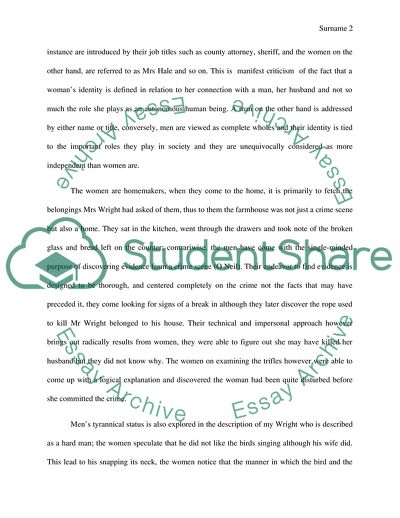Cite this document
(Glaspell Susan and Her Play Trifles the Focus Is on Gender Roles in Essay - 1, n.d.)
Glaspell Susan and Her Play Trifles the Focus Is on Gender Roles in Essay - 1. https://studentshare.org/literature/1799089-susan-glaspell-trifles-gender-roles
Glaspell Susan and Her Play Trifles the Focus Is on Gender Roles in Essay - 1. https://studentshare.org/literature/1799089-susan-glaspell-trifles-gender-roles
(Glaspell Susan and Her Play Trifles the Focus Is on Gender Roles in Essay - 1)
Glaspell Susan and Her Play Trifles the Focus Is on Gender Roles in Essay - 1. https://studentshare.org/literature/1799089-susan-glaspell-trifles-gender-roles.
Glaspell Susan and Her Play Trifles the Focus Is on Gender Roles in Essay - 1. https://studentshare.org/literature/1799089-susan-glaspell-trifles-gender-roles.
“Glaspell Susan and Her Play Trifles the Focus Is on Gender Roles in Essay - 1”. https://studentshare.org/literature/1799089-susan-glaspell-trifles-gender-roles.


